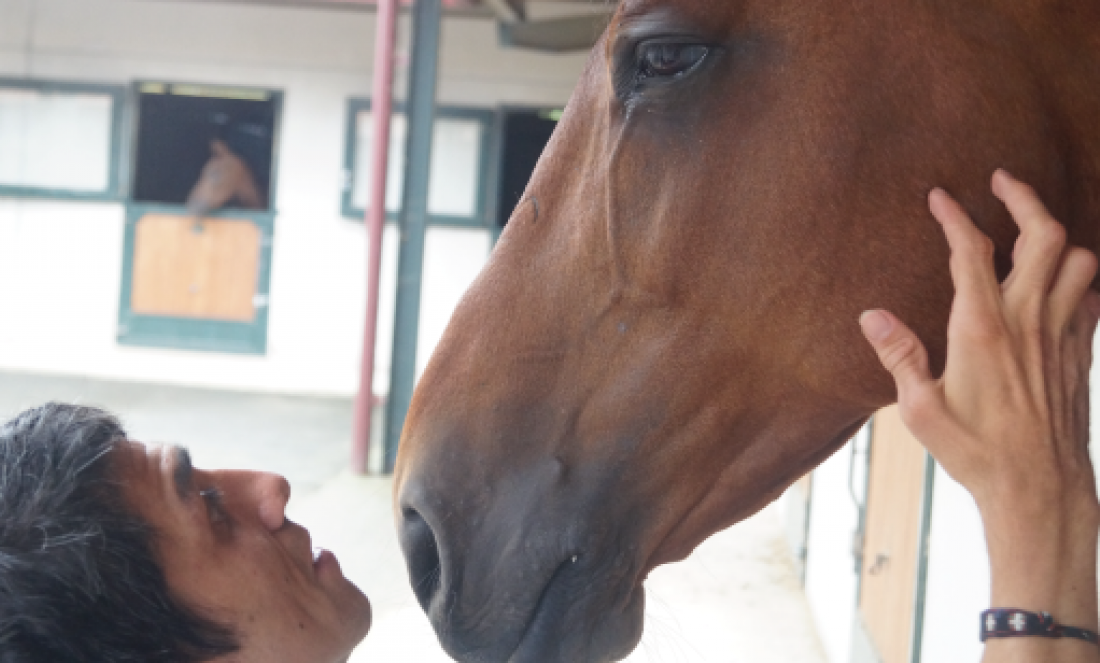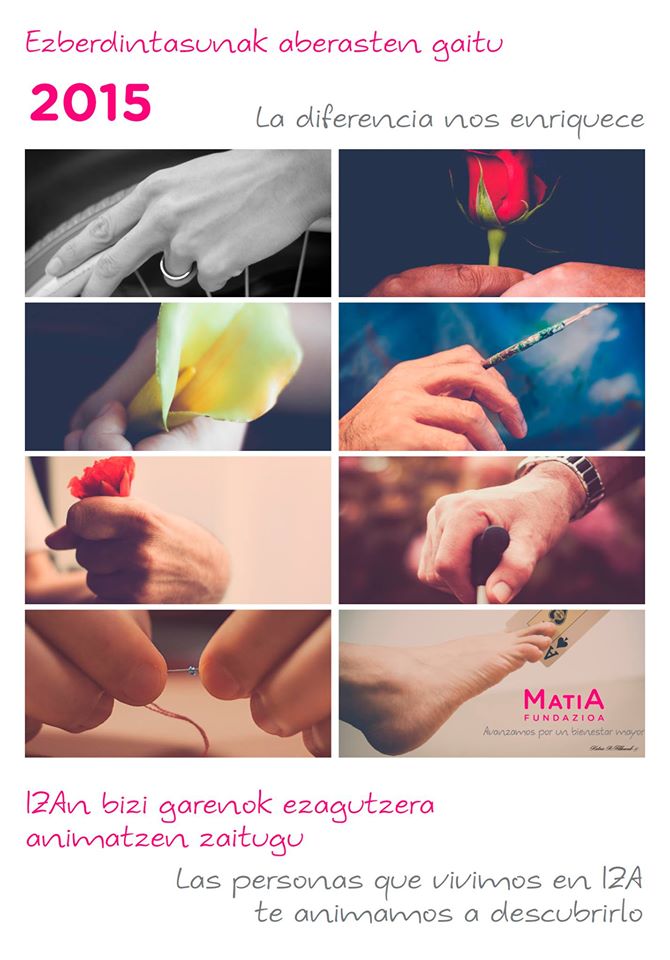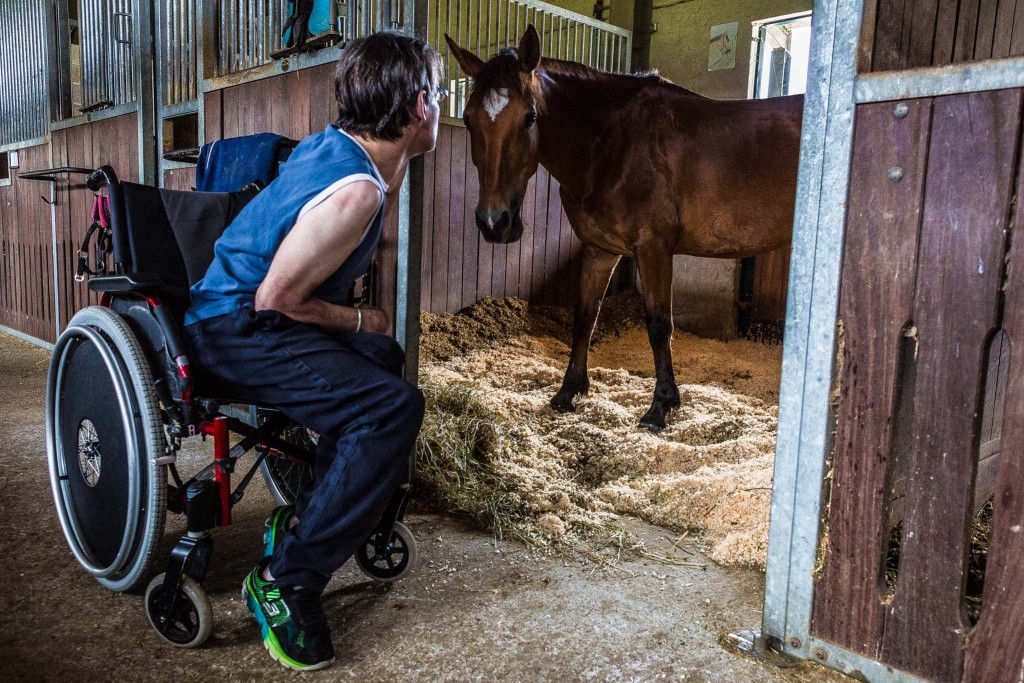
Photographic report during the equine therapy workshops at the Miracampos horse riding centre with Matia Fundazioa
The money raised from the sale of the IZA-MATIA 2015 calendar was invested in equine therapy workshops in 2016, with the participation of residents of the IZA-MATIA centre.
Calendar IZA-MATIA 2015 in which I collaborated, representing the 12 months of the year with photographs taken of users of the centre, during the course of two months, alternatively, making me participate in the interests, life and motivations of the users who participated in the project.
Workshops in cooking, sewing, painting and hobbies such as poetry, painting or computers and daily life at the centre were represented through the language of the hands and everything that could be covered.
Now Matia Fundazioa, has counted on me again to carry out a new photographic project, of the workshops of equine therapy, carried out during the summer months of 2016.
Poster representing the 2015 calendar of the Iza-Matia centre:

IZA-MATIA FUNDAZIOA CENTRE
The residents of the IZA Centre, located in the Antiguo district of San Sebastian, took part in the workshops. This is a specialised centre for people with a physical disability accompanied by other pathologies, whose age is between 18 and 60 years. It is a centre open to the community, set in an urban environment, with different resources adapted to the changing needs of the people who live there and their families.

EQUINE THERAPY OR EQUESTRIAN THERAPIES ARE TREATMENTS THAT USE ACTIVITIES WITH HORSES FOR THE PURPOSE OF POSITIVELY CONTRIBUTING TO THE COGNITIVE, PHYSICAL, EMOTIONAL, SOCIAL AND OCCUPATIONAL DEVELOPMENT OF PEOPLE WITH SOME TYPE OF DISABILITY OR SPECIAL NEED.
Definition:
Equine therapy is a therapy that uses the horse as a therapeutic tool that is divided into four areas:
aREAS of the EQUINe therapy
Equine therapy is divided into four areas depending on each person's needs:
- Hippotherapy : It is recommended for those people who, either because of their physical and/or cognitive disability, are unable to perform virtually any action on the horse. The function of this area is mainly rehabilitative; the improvement of physical and psychomotor aspects, especially in cases where neurological and/or motor dysfunction is predominant, and the acquisition of skills in cases of cognitive disability through a psychological and cognitive approach. In the hypotherapy sessions, work is mainly done on the pace and without a saddle, with the aim of the person benefiting from the three basic principles of equine therapy (transmission of body heat from the horse's body to the rider, transmission of rhythmic impulses and transmission of a pattern of locomotion similar to that of human walking).
- Therapeutic Riding : It is ideal for those people who can exercise some action on the horse in any of the phases of the session: hygiene of the horse or riding. This area has two objectives: the therapeutic objective and the teaching of riding skills. In this way, the student progressively learns to use the specific signs of riding, thus becoming an active rider. Depending on the person, either a saddle or a girth is used in these sessions.
- Adapted Riding It is aimed at people who need some kind of adaptation in order to enjoy riding in a recreational or sporting way, such as ramps, adapted reins, adapted stirrups, riders, etc.
- It is focused on people who, for different reasons, have problems of social adaptation and are in a situation of conflict.
Source: Katrin Aldanondo
Link: http://katrin-aldanondo.com/2016/10/21/matia-fundazioa/

Add new comment